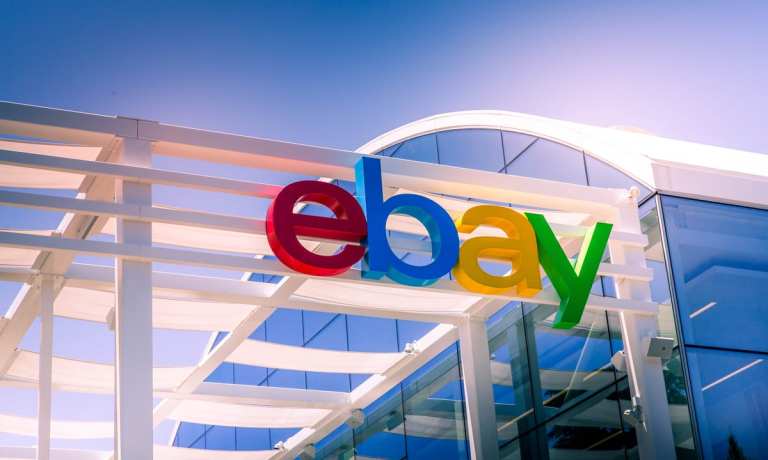
You could call it a statement of the obvious or a perhaps a physics refresher on the laws of gravity. But however you frame it, the fact remains that eBay just told investors that its growth in Q2 is going to be 8 to 10 percent, down from the torrid 42 percent pace it just posted in Q1.
The outlook from the 25-year-old original online marketplace comes in the wake of similarly cautious — or realistic — forecasts from several of eBay’s mega cap eCommerce rivals that digital growth in the post-pandemic era is not going to be as robust as it has been over the past 12 months when consumers were largely locked in their homes.
eBay CFO Andy Cring told investors on the company’s conference call that the company’s guidance reflected the “correlation between mobility and gross GMV,” meaning the more people are able to get out and about, the less they turn to digital stores to buy and sell things.
“Back in January, the pace of [COVID] vaccines was very different from where they are today. Mobility has improved throughout the quarter in most markets,” Cring said, also noting the additional one-time benefit derived from the third round of federal stimulus checks in mid-March.
“So when you look then on a quarter-over-quarter basis, the biggest difference between Q1 and the outlook for Q2 would be the fact that mobility is in a better place today than it was at the beginning of the first quarter,” he said.
The slowing growth outlook by eBay follows similar comments lately from Shopify, Facebook, Google and Pinterest.
Sneakers, Watches, Trading Cards
As far as Q1 is concerned, for the three months ending March 31, eBay said revenues rose 42 percent to $3 billion, on a 29 percent increase in Gross Merchandise Volume of $27.5 billion.
In particular, eBay said sales of sneakers valued above $100 grew at a triple-digit rate and luxury watches rose 38 percent, more than double the pace realized in Q4.
At the same time, eBay said its core Trading Cards business booked over $1 billion dollars of sales in Q1 and that active buyers in the category doubled. To build on this momentum, eBay said it had unveiled a new image listing tool that leverages computer vision technology to scan trading cards and streamline the time it takes to create a listing by up to 75 percent.
According to CEO Jamie Iannone, who took over the top job one year ago, eBay’s metrics for both buyers and sellers improved in Q1.
“Active sellers grew 8 percent to 20 million globally, as more small businesses are joining the platform and more consumers are engaging and selling,” Iannone told investors on the call. “Active buyers grew 7 percent to 187 million globally and we are retaining buyers acquired over the last year at similar rates as pre-pandemic level and we’re seeing higher customer satisfaction in several categories as well as increased spend per buyer.”
reCommerce And Payments Initiatives
One of the trends that is also benefiting eBay right now is the rise in reCommerce and the demand to buy and sell secondhand clothing, shoes and accessories.
To meet that changing market dynamic, the company said it launched its first “Recommerce Report” last quarter which revealed that 87 percent of U.S. seller who responded to eBay’s survey said that they had sold pre-owned goods in 2020, and almost three-quarters of sellers surveyed began selling pre-owned goods last year for supplemental income.
In addition, in a bid to acquire more buyers, eBay said it was also deploying new ad formats to its display and social marketing, including video, and leveraging a mobile-first approach to increase engagement from Generation Z and millennial customers through social shopping such as its new “eBay Sneaker Showdown.”
On the payments front, eBay said it was continuing to grow its share of monetary transactions, and had processed 52 percent global on-platform volume in Q1, noting that 4 million sellers had migrated globally to the new platform including over 80 percent migration completed in the U.S.